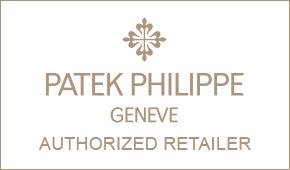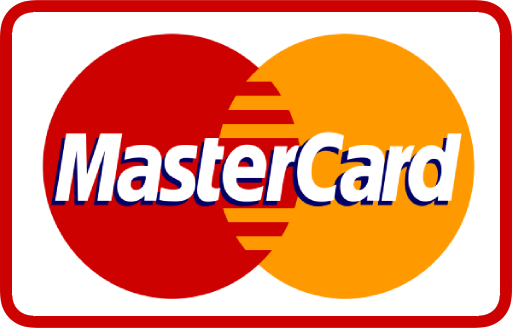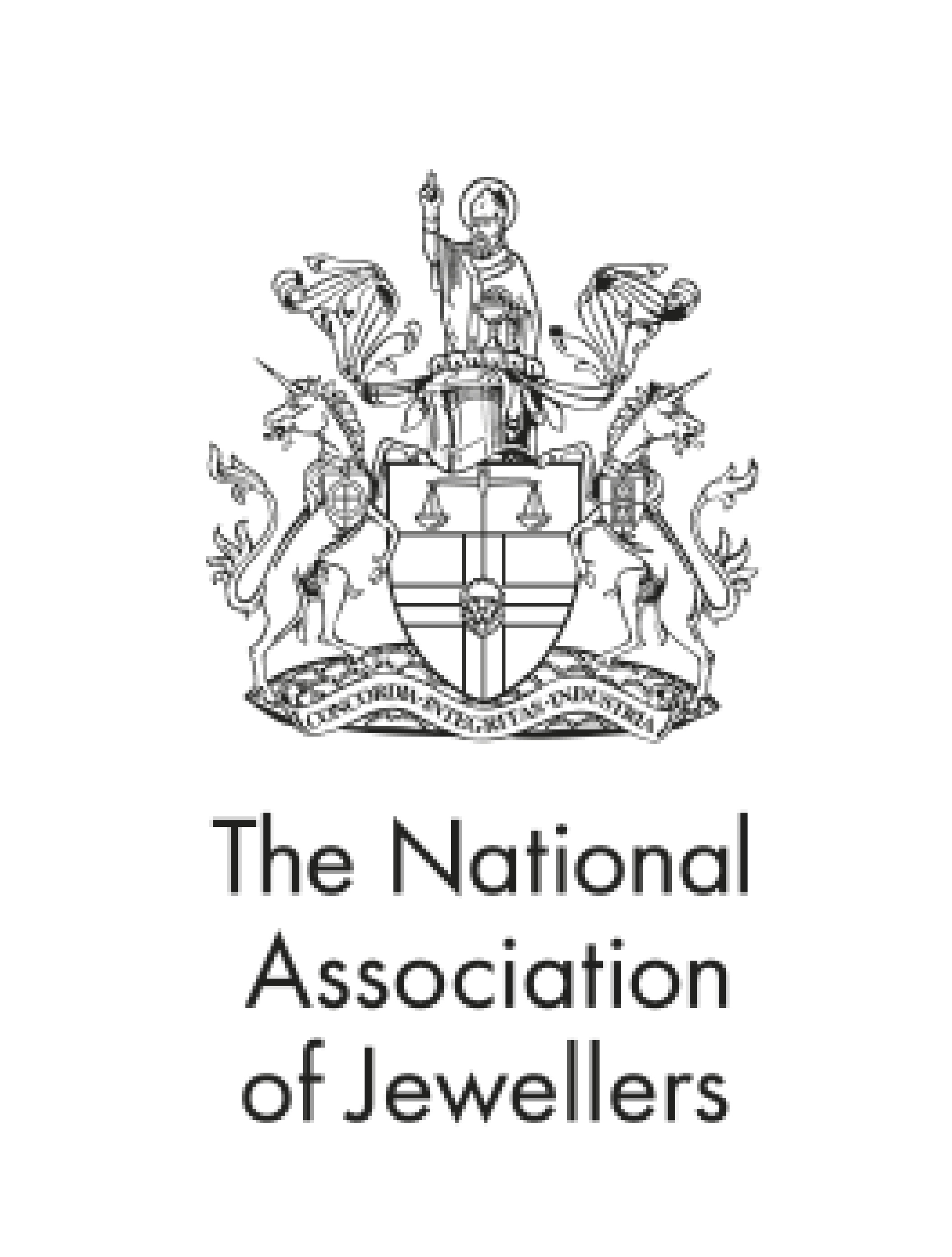
DIAMOND BUYING GUIDE
If this is your first time purchasing a diamond, or any fine jewellery, please take the time to read our comprehensive introduction to the diamond world.
Our guide below will help you to understand the 4Cs of diamonds (carat, cut, colour, clarity), how these and other characteristics affect a diamond’s excellence, price and sparkle, as well as find the best solution for your budget.
CARAT WEIGHT
The first thing you should consider when buying a diamond is the weight or carat. One carat is defined as one fifth of a gram or 200 milligrams, approximately the weight of a five pound note. A carat can further be divided into “points,” where one point is equal to 0.01 carat.
While the size of a polished diamond is related to its carat weight, it is important not to confuse carat weight with size, as there are other aspects of a diamond that can affect how large an individual stone actually appears, specifically the cut and shape of the stone. Proportions to which an individual diamond is cut, such as table and depth percentages must be taken into account, as shallower stones can appear larger than deeper stones of the same weight. Similarly, diamond shapes can have an impact, as elongated shapes tend to maximise carat weight, making them appear larger than rounded stones of the same weight.
Dimensions play an important role in the appearance of a diamond. In addition to the carat weight, the distance across the top of the diamond must also be taken into consideration. A common misconception is that half a carat is half the size of one carat. In fact, a half carat is half the weight of one carat, but the millimetre difference on a round stone is only 1.35mm. The average measurement for a 0.50ct stone is 5.00mm, while the average 1.00ct stone measures at 6.35mm.
Carat weight is one of the fundamental factors in determining the price of a diamond. As a general rule, the heavier the diamond, that is, the larger the carat weight, the more expensive it becomes. Price per carat is one of the best ways to compare the cost of similar diamonds. Diamonds are usually cut to magic weights (rounded numbers) such as 1/2ct, 3/4ct, 1ct, 1.5ct, 2ct etc. 'Under-sizes' are diamonds that weigh just below a magic weight.
CUT
The cut is what determines how the diamond will reflect light, and therefore how sparkly it will be. Known in the industry as ‘fire’, referring to the coloured light reflected, and ‘brilliance’ for the uncoloured light, optimum levels of sparkle can be achieved only through a supremely executed cut. Diamond cut is a very complicated process and it is graded by a certification body; the GIA employs a five-point scale ranging from excellent and very good to good, fair and poor, while other laboratories such as the AGS may use alternate scales and terminology replacing “excellent” for “ideal,” for example. Excellent or Ideal cut grades are awarded to diamonds with the highest level of sparkle intensity, while Fair and Poor grades imply poorer light reflection and therefore less sparkle.
Oval cuts seek to mimic the same brilliance and fire created by a round cut, with the added benefit of appearing larger due to its length. Sparkle is normally excellent or ideal. Of similar levels is the pear cut, where its rounded edge preserves the high levels of sparkle. Heart cuts give approximately 80% sparkle and can create a truly unique statement piece where this high level of brilliance is crucial. The princess cut will give 70% sparkle and lose the rounded shape that provides the highest levels of brilliance, however, its large crown can give the illusion of a greater size. Cushion cut diamonds provide 60% sparkle and give a distinctive light pattern due to their mix of rounded and straight edges. A similar level of sparkle is provided by emerald cut diamonds which give less fire but a unique type of sparkle which interplays the light and dark planes of the step-cut stone. Finally, the baguette cut will give 45% sparkle and is similar to an emerald cut without the rounded edges, so this removes the potential for sparkle that smoothed edges provide.
CLARITY
Clarity is one of the fundamental characteristic of a diamond and it is determined by the size, number position and nature of the inclusions, or internal characteristics of a stone.
The fewer inclusions or blemishes there are in or on the diamond, the higher the clarity grade and therefore value. The type of inclusions that affect the clarity can include scratches, blemishes, and pockets of air or non-diamond material inside or on the surface of a stone. Accurate grading must be done with loose stones as jewellery mounts and settings can often conceal imperfections.
Diamond clarity is graded according to the size, number, positioning, nature and overall visibility of the inclusions and blemishes affecting a stone. As set out by the GIA*, the scale ranges from Flawless (FL/IF) where the diamond is completely free of inclusions, to Included (I3) where it has prominently visible inclusions.
As said, inclusions and blemishes are structural imperfections affecting the clarity grading of diamonds. Inclusions are largely crystals of diamond or a foreign material that has formed within the stone affecting the internal composition, while blemishes are flaws which affect the stone’s surface. The size, number, colour, location, orientation, and visibility of inclusions and blemishes are all taken into account when evaluating the clarity of a diamond.
COLOUR
Colour is another important aspect to consider when choosing a diamond. The best colour for a diamond is no colour at all. These are known as ‘white diamonds’. Other rare diamonds with a pure colour, such as pinks, blues or greens, are also valuable and are known as ‘Fancies’.
Diamond colour is graded according to the GIA colour scale, from D to Z, where D is rated as the most colourless, and therefore the most sought after and cost and Z the most yellowish.
DIAMOND CERTIFICATION
A diamond certificate is issued following an unbiased and professional examination to authenticate a diamond's attributes. The carat weight, colour and clarity are all validated, together with the diamond's exact measurements. Cut grades are also included for Round Brilliant cuts. Certificates are essential in determining or testifying a diamond's value. It is generally accepted by diamond industry professionals that the Gemological Institute of America (GIA) sets the standard when it comes to diamond grading.
If you have any questions, our friendly team of experts will be happy to help you.








